The main symptoms of hip osteoarthritis are joint pain and dysfunction. The hip joint is located in the groin area (the base of the legs), so initially, pain may be felt in the groin when standing up or starting to walk. Pain may also occur when lifting the leg or after walking, affecting the hip or buttocks. There are various potential causes for hip joint pain.
As osteoarthritis progresses, the pain becomes stronger and, in some cases, leads to persistent pain (constant pain) or nocturnal pain (pain during sleep).
Many of the patients are women, and in these cases, the main causes are sequelae from childhood conditions such as developmental dysplasia of the hip or hip joint malformation. These make up about 80% of hip osteoarthritis cases. Recently, due to an aging society, hip osteoarthritis is also appearing in individuals who have not experienced any obvious diseases but develop it with age.
The hip joint connects the pelvis and femur at the base of both legs. The acetabulum, which is bowl-shaped, and the spherical femoral head are connected, forming a ball-and-socket joint, allowing for a wide range of movements in various directions. This high degree of freedom in movement allows for complex movements like “seiza” (sitting on one’s legs) and squatting, which are common in Japanese daily life, while supporting body weight.
The surfaces of the femoral head and acetabulum are covered with cartilage, an elastic tissue. This cartilage absorbs shocks and reduces friction during joint movements, enabling smooth motion. However, when the cartilage is damaged or wears down due to some cause, pain in the hip joint occurs, and the range of motion becomes gradually restricted, leading to difficulties in daily activities.
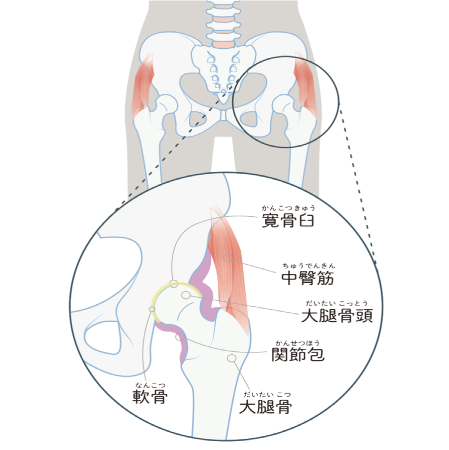
The most common among these is Osteoarthritis of the Hip Joint.
Osteoarthritis of the hip joint refers to a condition where the joint undergoes deformity and deterioration. In severe cases, the spherical joint surface disappears, hindering smooth movement. Most patients who visit with the complaint of “hip pain” suffer from Osteoarthritis of the Hip Joint.
As the cartilage in the hip joint gradually wears away, pain and walking difficulties appear. Pain may occur when standing up or starting to walk, and muscle stiffness around the hip joint can restrict its range of motion, making daily activities difficult.
This condition is characterized by sudden pain when weight is applied during standing or walking. After feeling the pain, it often subsides gradually, with the pain alternating between periods of pain and no pain, leading to progressive joint deformity and dysfunction.
This condition often causes pain and swelling in both the hands and feet, and the pain and swelling can recur. Swelling and pain can affect various joints throughout the body, including fingers, hands, elbows, shoulders, feet, knees, and hips.
This refers to groin pain occurring during movements like standing up or during exercise, without any clear muscle injury or bone abnormality. It results from decreased mobility in the hip joint, pelvis, or lumbar spine, instability due to weakened muscles around the hip joint, and poor coordination between the trunk and lower limbs, leading to localized stress and pain or functional impairment.
Depending on the case, there are two main treatment approaches: surgical therapy (to eliminate pain by surgery) and conservative therapy (non-surgical recovery). Here, we will describe our non-surgical, conservative therapy.
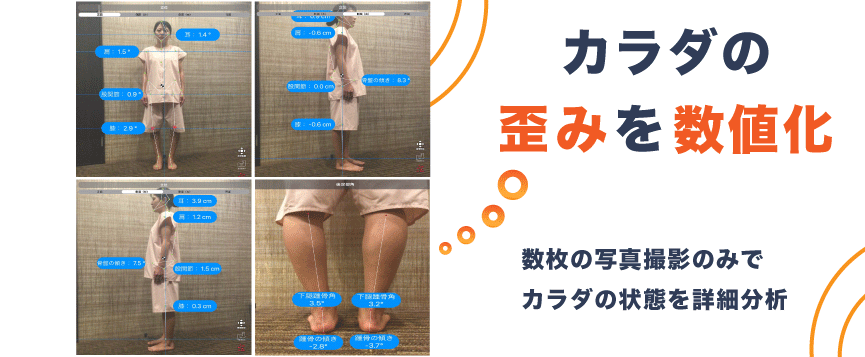
By analyzing your current posture, we can identify areas where muscles are becoming stiff, where pain is originating, and predict future posture. This helps explain the treatment approach and its effects more clearly. Patients are also able to better understand their physical condition.
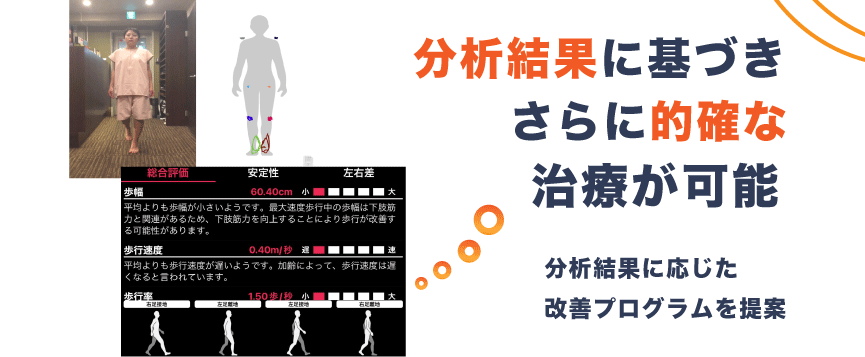
Through this analysis, we can determine which muscles need to be relaxed and which need strengthening. By recognizing your own body, you will understand what needs improvement. This leads to more accurate treatments. Based on these analyses, we can suggest personalized training and stretching methods.
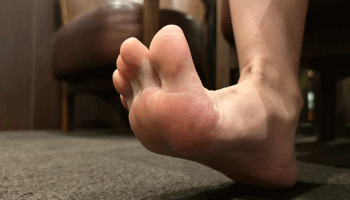
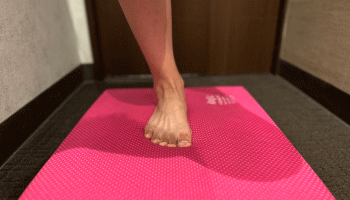
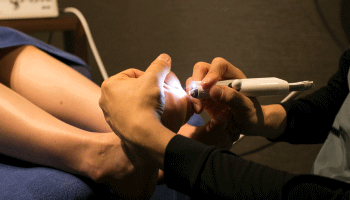
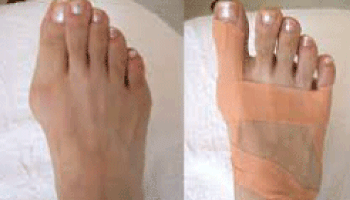
For the treatment of corns and calluses, we use a specialized German device that safely removes the core without damaging the skin or causing pain. You can walk immediately after the treatment.
Thick nails and unstable nails are also beautifully shaped and polished using the specialized equipment.

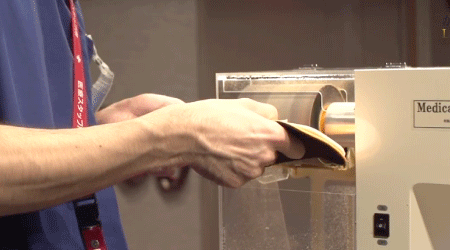
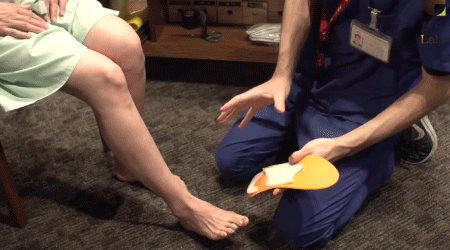
Based on the results of walking analysis using MyoPressure (gait analysis device), we can create insoles that perfectly fit your feet. You can also see for yourself the unevenness of weight distribution or deviation in foot movement, which helps correct how you walk and improves balance.
Using insoles that match your feet will enhance their natural functions, support the arch, and help redistribute weight, resulting in better posture and reduced strain on the hip joint.
In our clinic, we use “Realign Core,” a type of footwear designed to encourage proper posture. This footwear helps improve overall posture by supporting the feet, contributing to better hip alignment and less discomfort.
© Copyright (C) All Rights Reserved..